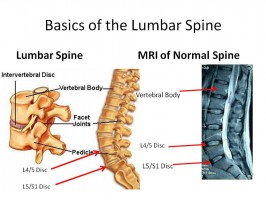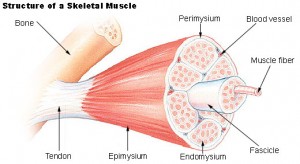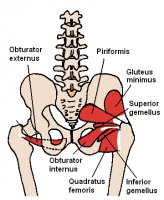Dance teachers commonly use two types of corrections in class that cause confusion for their dance students. Learn how to rephrase and reframe these corrections to be more clear and accurate.
Anatomy
The Stem of Aplomb – Part Three: The Lumbar Spine, Sacrum, and Coccyx
Having addressed the Cervical and Thoracic spines in previous installments, we now turn our attention to the lower three sections of the vertebral column. Learn about the lumbar spine, intervertebral discs, the sacrum, coccyx, and get a quick and dirty list of the 3 big take-away points about ‘the stemb of aplomb,’ the spine.
The Stem of Aplomb — Part One: The Cervical Spine
The way that a dancer carries his/her head, the length of the neck, and the position of the chin, are pivotal to the overall appearance of grace and poise so necessary in dance. Understand the cervical spine and how it functions to project self-confidence, and improve common mistakes in cambré and carriage of the head.
Muscles 101: Comparing muscles to a rubber band might be stretching it….
While the image of a rubber band is useful in demonstrating the elastic nature of muscles in the stretch reflex, it’s not always as simple as the stretch/recoil and stretch-farther/less-recoil that we gain from thinking of muscles simply as rubber bands.
Why And How To Teach Anatomy Concepts To Children
Since dance is the art of motion, in order to become a proficient dancer one must understand how the body moves from the inside; how the muscles and bones work to leap, turn, kick, stretch and fold. A pretty sophisticated idea for a young dancer. Since learning is a layered experience, introducing the concepts of anatomy now will allow them to build upon this foundation in the future.
What You Mean, What You Say: Get Up On Your Leg
“Get up on your leg”… Teachers have a habit of saying this when students are “sinking” into their supporting leg while balanced on one leg. How can you correct a sinking hip and what are some ways to rephrase this common dance teacher-ism.






